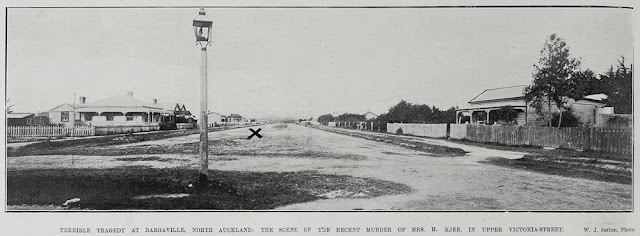A visit to Ruapekapeka Pa
A couple of weeks ago the other half and I wanted to go exploring but didn't want to travel far so we ended up at Ruapekapeka Pa just outside of Kawakawa, about 30 minutes away from home.
This area is one of the largest most complex pa sites that was designed to counter the cannons of the British Forces in the last battle of the Flagstaff War by the Ngapuhi lead by Hone Heke.
The new British governor failed to end the war by negotiations so the Colonial forces lead by Colonel Despard assembled 1,168 men in the Bay of Islands to deal with the Maori warriors. They began a 2 week advance over 12 km to bring artillery to the Pa.
The siege continued for 2 weeks then in the morning of 11 January 1846 a William Walker Turau discovered that the pa appeared to be abandoned. A small group of British forces entered the pa and found it almost empty. The remaining Maori left tried to re-enter from the back entrance but withdrew after a 4 hour gunfight.
One of the entrances to a tunnel has been fenced off here so people don't fall in. The maori had a deck cannon (used for a ship) and a field gun. It was rendered useless though after it was hit 3 times and due to a limited supply of gunpowder the guns weren't able to be used much.
The pa was named Ruapekapeka (meaning bats nests) because of the tunnels and dugouts that still exist today. The caves underground could accommodate 15-20 warriors that had circular entrances at the top.
Later on after examining the Pa site it was found that it had been very well designed and strongly built. Reasons as to why the Maori had abandoned the site and then tried to re-enter it have been debated over the years. People have suggested they were at church as many of them had converted to Christianity. Knowing that the British were also Christians they had not expected an attack on a Sunday.
One of the Maori customs was that where blood was spilt that place became Tapu meaning sacred so the Ngapuhi left the Pa and carried their dead back home.








Comments